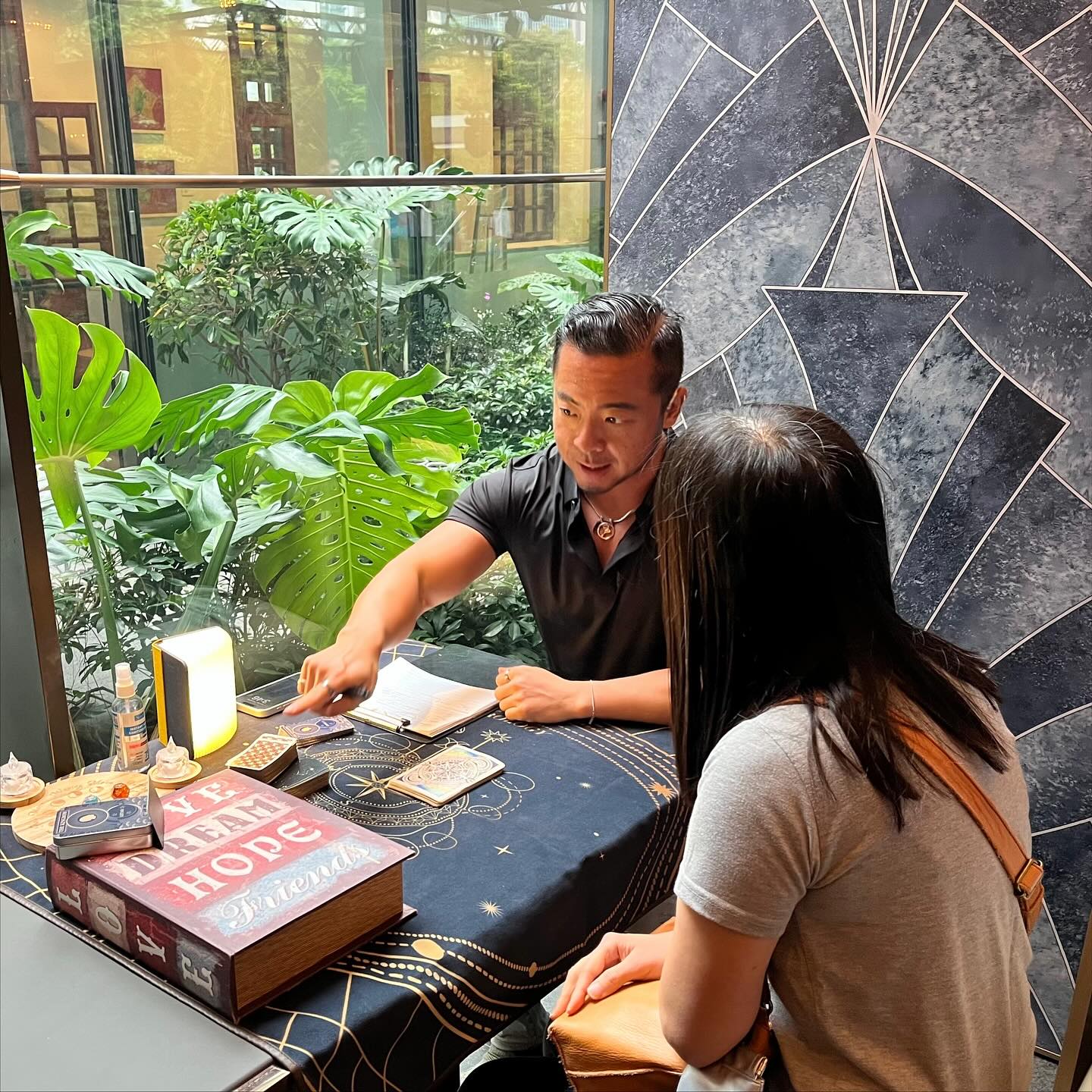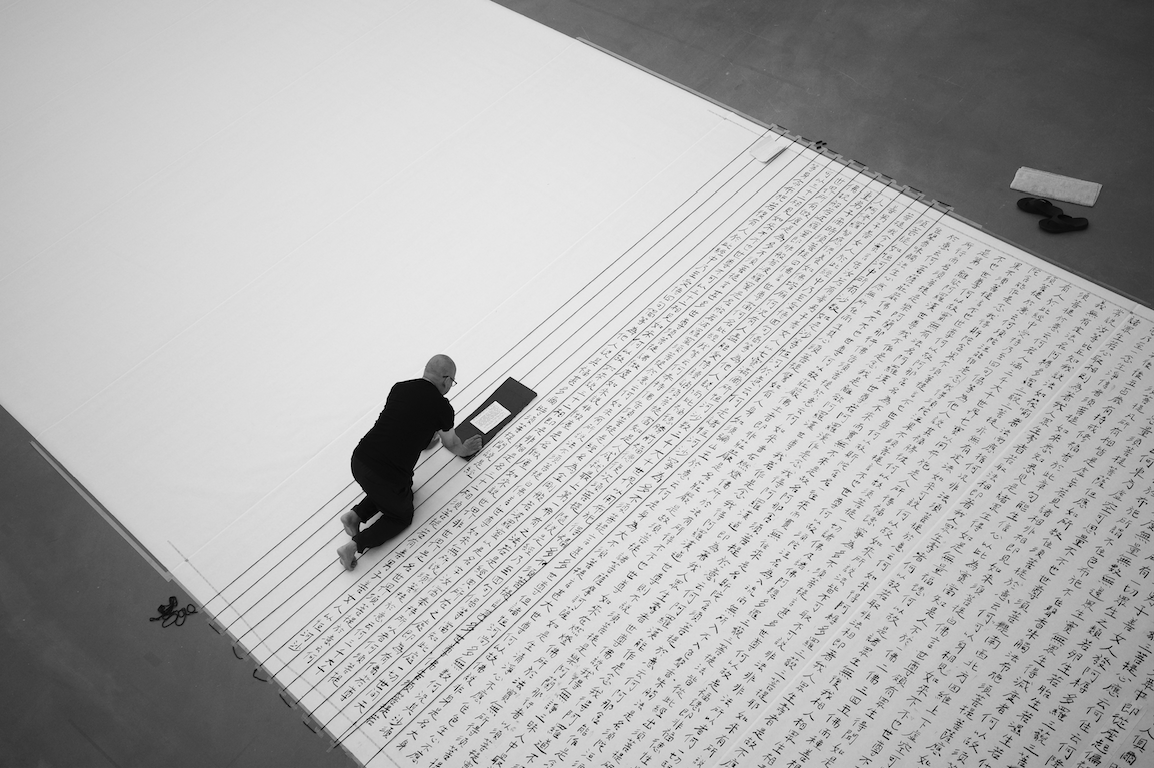In my early days of recovery from drug addiction, I used yoga as an escape. The outside world was stressful and triggering, therefore, I had to “escape” into a yoga class to make myself feel better. My motivation to practice was strongest when I felt overwhelmed, anxious or lost.
According to a survey conducted by the health website, The Good Body, the two most popular reasons people do yoga are to improve flexibility (61%) and alleviate stress (56%). This is perhaps emblematic, first, of yoga’s external, visual and aspirational appeal; and second, of the internal benefits people inadvertently feel once they practice.
It’s not wrong to practice yoga because you think it looks cool; no one walks into yoga already spiritually awakened. Yoga is the path to that awakening. Any reason to get onto the mat is good enough. And once you’re on that mat, it’s about staying present and grounded, allowing expression and awareness to blossom. “What am I learning about myself through today’s practice?”
In celebration of International Yoga Day (21 June), and as we dive deep into the second, challenging summer of a pandemic – practicing yoga mask-on – let’s reflect more about how to take what we learn on the mat, off the mat and into one’s daily life.
Self-acceptance
According to renowned Kundalini Yoga teacher, Gurmukh Kaur Khalsa, “Yoga isn’t about self-improvement. It’s about self-acceptance.”
Allé K @transyogateacher is a transmasc activist, educator and yoga teacher based in Asheville, North Carolina. Their classes welcome fat, queer, trans and neurodivergent individuals who are usually left out of traditional yoga spaces.
Given the dominant yoga marketing culture that glorifies unrealistic, superhuman athleticism, Allé’s sheer presence and positivity are a refreshing disruptor. They completed their yoga teaching certification at the Dharma Yoga Center in New York and have made it their lifelong mission to make yoga accessible for folks who aren’t seen on the covers of yoga magazines and on teacher training faculty.
“I live my yoga off the mat by being who I am,” Allé shares. I’ve overcome fear, attachment and resentment to be who I am – a queer, trans, fat yogi who’s showing others it’s okay to be themselves.”
Gratitude
Mui Thomas, a 28-year-old HK Rugby Union referee and yoga teacher, completed her Accessible Yoga certification with Hersha Chelleram at Yama Foundation.
“I teach asana for a more diverse range of people with limited mobility,” Mui relays. “People with special needs, disabilities, chronic illness or any kind of disadvantage. Unfortunately, yoga as we know it, doesn’t really cater to people who need it most.”
Because of Mui’s rigorous honesty, willingness to talk about living with Harlequin Ichthyosis and what it’s like going through life with a visible difference, she has become an anti-bullying advocate.
“It pains me to know that likely up to the day I kick the bucket, I will be forced to educate,” Mui reveals. Yet, she has overcome great odds to find gratitude.
“Beyond the pain and struggles of having a skin disorder, I can safely say I’m living a pretty special life. I’ve been blessed with the best people in my life and the best opportunities. Partly with my parents, partly without, I’ve managed to carve a very special life indeed. And I’m so very grateful.”
Yin-trospection
As Pure Yoga’s lead Yin teacher trainer, Nicky Hadjithoma has been instrumental in driving Yin’s rise in popularity from being a token slot on studio schedules, to a weekly session for many – often with long waiting lists. “This speaks volumes about the relevance of a slow practice in a frenetic city,” she attests.
“Yin gives us the facility to use the physical body as a tool to observe the heart and mind, and from there, notice the patterns.”
Nicky speaks from experience, having found yoga, herself, as a path to recovery from addiction. Her practice not only gave her the inner strength and resilience to deal with the complexities of life, but also relieved her long-suffering issues with anxiety and depression. As such, she believes yoga to be the ultimate healing practice and tool for personal transformation.
“Once the body starts to heal, we can begin to face the deeper layers,” she elaborates. “We can heal trauma and emotional imbalance, but we have to be willing to examine the parts of us that are resistant to change, the parts of us that are always chasing pleasure and avoiding pain. Facing our shadow is definitely not the easier path, but it is the path to healing and change”.
In her teacher training, Nicky focuses on skeletal variation and a functional approach to yoga. “Learning to appreciate our unique physicality allows us to overcome the mental blocks and emotional disturbances that occur when we compare ourselves to others,” she concludes.
Do Service
Our usual understanding of karma is the foreboding principle of cause and effect. But according to the Bhagavad Gita, Karma yoga is the spiritual practice of “selfless action performed for the benefit of others.”
“My community has been the biggest part of my immunity,” PARC (Practice And ReCover) co-creator, Juan Gamboa, asserts.
COVID struck New York City particularly badly during the earlier stages of the pandemic in the United States. “Leaving town or simply doing nothing was not an option as the yoga community that I built and organized for over a decade began to fray,” he continues.
And so over a year ago, PARC was born – yoga in the city’s great, outdoor spaces. “This initiative is an homage to the city’s essential workers, an ode to the power of human connection through yoga.”
Since then, another project has sprouted – COLLAB (Community-Organized, Love-Led, Asana-Based) classes aimed at supporting small businesses in his neighbourhood. “It’s not enough to do good yoga,” Juan insists. “We must do good.”
James Gannaban writes about yoga, life and the lessons beyond. He teaches at Pure Yoga and is six years sober. Find him on Instagram @jamesgannaban





